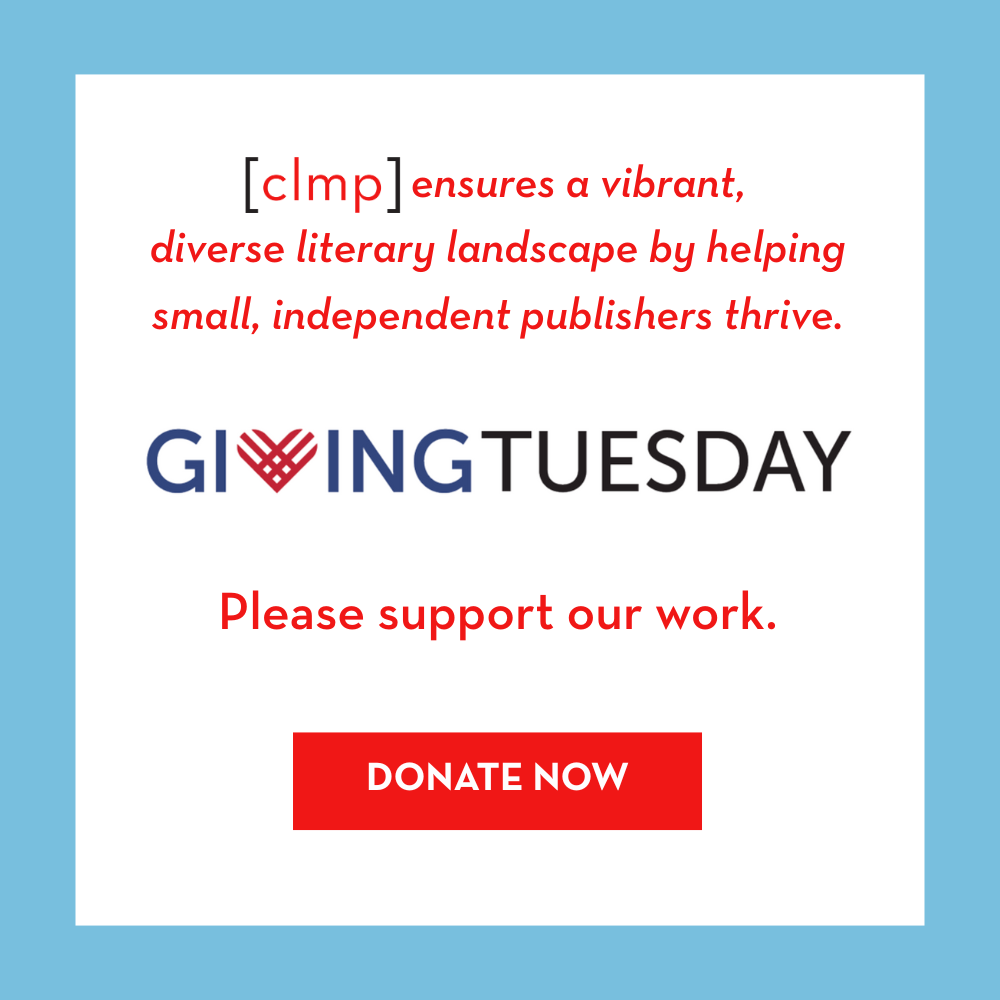by Kevin Breen
This is the final article in a biweekly series examining AI and its implications for publishers and authors.
Like the advent of print on demand and ebooks, artificial intelligence is poised to dramatically change the publishing landscape. Writers, publishers, and everyday users face tremendous pressure to adopt genAI technologies like ChatGPT and Google’s Gemini. Meta’s CTO Andrew Bosworth has equated the imperative to scale up AI offerings as the “space race” of our era.
While tech companies are pushing consumers toward AI adoption, publishers must consider the merits, foundations, and implications of genAI. After all, we exist to meaningfully and expertly connect with readers through language. Here, we’ll examine a roundup of steps from this series: what presses should consider, ways forward, and how to navigate various stages of the publication process with genAI in mind.
Understand the technology and what’s at stake
Before anything else, you should familiarize yourself with what genAI means and how large language models are constructed. Being an informed opponent of genAI, for example, makes it harder for those in favor to dismiss you as being anti-progress, especially when proponents of genAI have framed the technology as a means of “democratizing” writing, editing, and self-expression.
Not only do LLMs require tons of publishing text for training purposes, but they also generate outputs that compete with writing from human authors, all without attribution or citation. And these genAI efforts come with high costs of energy, water usage, and space for data centers.
Undertake research
Once you’re familiar with genAI’s foundational concepts, consider researching ways the technology has manifested—and how other publishers are navigating their relationships with AI. For example, is there an LLM and a company you might consider doing business with? What licensing terms, if any, would you and your authors consider fair? When it comes to authors submitting work to your press, what are your genAI expectations?
Consider both avenues during your research: genAI potentially using your publications for training and prospective creators using genAI to create submitted work. The Atlantic, for example, has a tool to help you see if your work was part of the Book3 dataset, which has been used to train LLMs. Similarly, rights holder can search the database launched in response to the class action lawsuit brought against Anthropic over the company’s use of allegedly pirated books to train its AI model. Likewise, resources like ZeroGPT can give you a sense of whether submitted work was written with help from LLMs.
By looking at how other publishers, industry organizations, and advocacy groups have approached these topics, you can begin to formulate a cogent and specific stance for your audience.
Create internal and external policies
Once you’ve decided on a specific genAI stance for your organization, it’s time to consider corresponding policies. Think about how you want your freelancers, staff, and editors to use (or not use) this technology. Can the genAI features in Photoshop be used to add a crescent moon into a book cover’s night sky? Can Microsoft Word’s Copilot be leveraged to write a marketing email to your regional booksellers? These stances might differ from the policies you create for stakeholders like submitting authors, for example.
As you create policies about genAI, consider the places where you might include a genAI clause or disclaimer for your audiences:
- Organization’s website
- Call for submissions
- Freelance contract for an illustrator or designer
- Author’s publishing agreement
- Copyright page
- A book’s back cover, like the “human authored” insignia from the Authors Guild
Stay informed
Because genAI’s proliferation and sophistication is rapidly evolving, it’s imperative that you stay informed. First, be sure to create policies that remain salient despite new releases and versions of tools like ChatGPT. AI offerings can come and go depending on version rollouts, so it’s important to be specific in your policymaking without hinging your stance on small feature releases. Second, find and monitor information sources that you value. These could be publishing-industry sources like the Authors Guild, individual journalists like Alex Reisner, tech outlets like WIRED, or institutions with their own genAI roundups like the University of Virginia’s library guide. By staying up-to-date, you will ensure your policies remain easy to follow for authors, freelancers, and readers alike.
As author Ted Chiang said in his 2014 New Yorker piece, genAI is “a fundamentally dehumanizing technology because it treats us as less than what we are: creators and apprehenders of meaning.” Now more than ever, people crave humanizing, transparent communication from publishers. Articulating your stances in these ways might be the reason an author feels welcomed to submit their work, or the motivation a bookseller needs to stock your title. Small presses and literary magazines have always differentiated themselves through personal, human touches. GenAI presents a new fork in the road, where independent publishers can continue to affirm human creators and engage with readers who see themselves as “apprehenders of meaning.”
Kevin Breen lives in Olympia, Washington, where he works as an editor. He is the founder of Madrona Books, a small press committed to place-based narratives from the Pacific Northwest and beyond.
